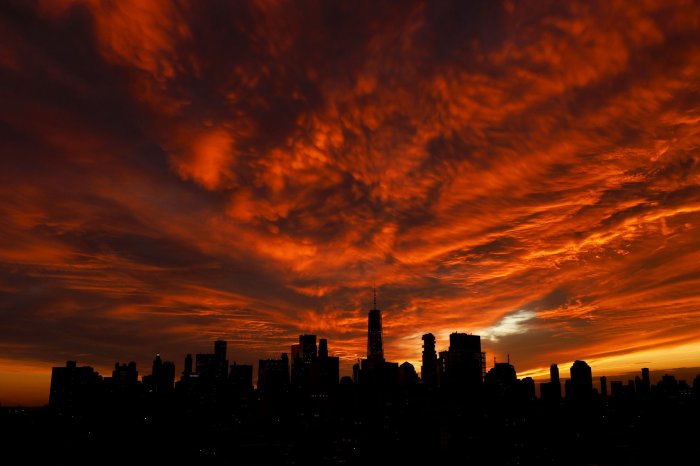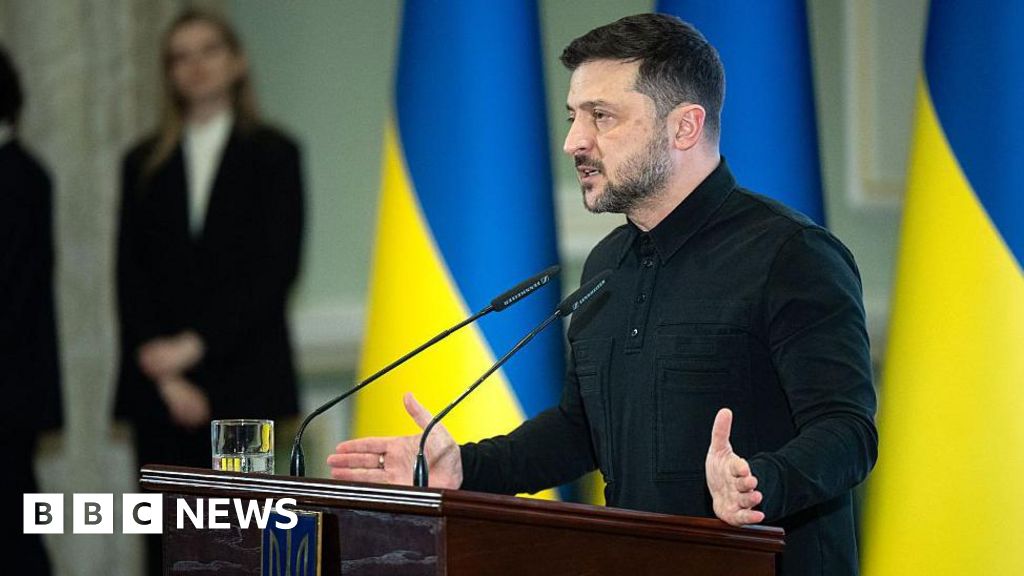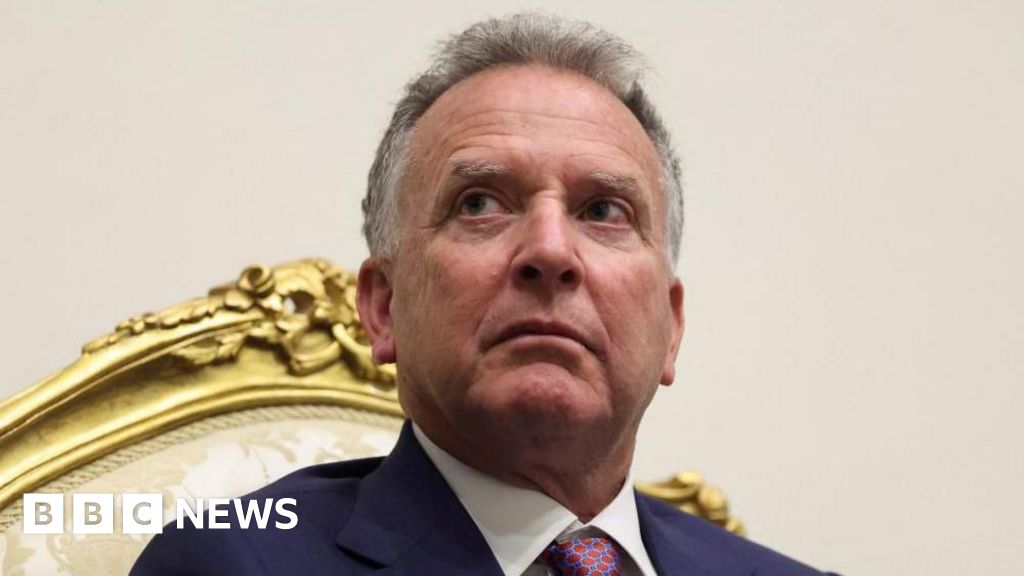Zelensky says ‘significant progress’ made in finalizing peace plan
Ukrainian President Volodymyr Zelensky countenanced giving up territory in exchange for peace for the first time, via a free economic zone mechanism, as he laid out the detail of a plan fleshed out in talks in Florida at the weekend. File photo by Nadja Wohlleben/EPA
Dec. 24 (UPI) — Ukrainian President Volodymyr Zelensky unveiled a 20-point peace plan hammered out in negotiations in Miami over the weekend that provides strong NATO-style security guarantees in exchange for land concessions. He said the plan was now being reviewed by Moscow.
Detailing the plan on Tuesday, Zelensky said “the main framework” included affirmation of Kyiv’s sovereignty, a non-aggression pact, a means to monitor the final border, Ukraine‘s non-nuclear status and limits on its military to 800,000 troops, The Kyiv Independent and RBC-Ukraine reported.
The plan also contains Ukraine-U.S.-Europe security guarantees, U.S.-Ukraine security guarantees, and a 15-year plan for Ukraine’s recovery and economic development involving raising as much as $800 billion.
European Union membership for Ukraine will form part of the security guarantees.
The document, which emerged from a 28-point-plan drafted by the White House and the Kremlin and first floated by President Donald Trump in mid-November, was expected to be delivered to the Kremlin by U.S. officials later Wednesday.
An immediate cease-fire comes into force as soon as Ukraine, the United States, Europe, and Russia sign — with Ukraine commiting to hold elections as soon as possible afterward. Who would sign on behalf of Europe was yet to be decided.
“We have made significant progress toward finalizing the documents,” Zelensky said.
However, Kyiv wants to put the plan to the people of Ukraine in a referendum which would take at least two months.
The main sticking point of territory remains with the plan calling for the frontlines in Donetsk, Luhansk, Zaporizhzhia and Kherson regions to form the de facto border, while Russia will pull out of Ukraine’s Dnipropetrovsk, Mykolaiv, Sumy, and Kharkiv regions.
The United States has proposed a compromise acceptable to both sides under which Ukrainian forces pull out of areas of its Donetsk region that Kyiv still controls in favor of a demilitarized “free economic zone” that Russian forces would not advance into.
“We are in a situation where the Russians want us to withdraw from Donetsk Oblast, while the Americans are trying to find a way for us not to withdraw because we are against withdrawal,” Zelensky said.
“We consider a free economic zone a potential option for a sovereign state to choose such a path. We fought for a single word — ‘potential.’ We believe that such potential economic zones can exist,” he added.
“If all regions are included and if we remain where we are, then we will reach an agreement. That is why it says ‘potential zones’ here. But if we do not agree to ‘remain where we are,’ there are two options: either the war continues, or something will have to be decided regarding all potential economic zones.”
Zelensky’s mention of other potential economic zones refers to his preferred solution to the other big outstanding issue of the Zaporizhzhia Nuclear Power Plant, which has been occupied by Russian forces since shortly after their full-scale invasion in 2022.
Ukraine opposes a U.S. plan under which Ukraine, Russia and the United States share equal control with Washington having overall jurisdiction, with Kyiv instead pushing for a U.S.-Ukraine partnership under which they would split the electricity generated 50-50.







